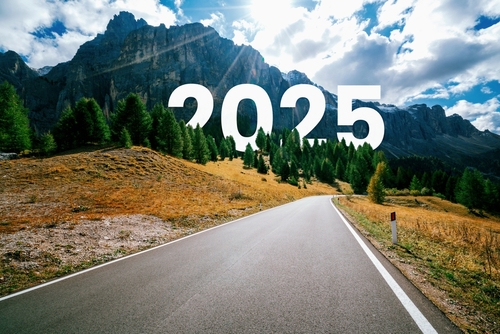Fleets are making more of their in-vehicle tech, and here is how you can too!
Over recent years telematics devices have become common-place, with many OEMS fitting them as standard. The rise in connected devices offers real-time data at the click of a button, but surprisingly, many fleets aren’t taking full advantage of this technology in the accident management process.
Callum Langan, Commercial Director at sopp+sopp talks about the benefits and blockers to getting the best return on investment from in-vehicle tech.
What trends are you seeing in the use of telematics and cameras in the fleets you work with?
Most fleet vehicles now have some form of telematics device. The big game-changer has been connected devices – the ability to see and receive the data in real-time without having to download it manually.
Cameras are gradually becoming more prevalent. A lot of the fleet customers we work with have invested in forward-facing cameras, some have fitted in-cab cameras and others full 360 vision cameras.
Take-up is a few years behind telematics but it seems to be following a similar path. I expect forward-facing cameras to be far more common over the next couple of years, and eventually standard OEM fitment.
What are the blockers to investing in telematics and cameras?
Cameras in particular are a significant investment – it can be difficult to make the business case.
We’ve helped several of our fleet customers make an informed decision by providing benchmarking data to demonstrate the return on investment.
Drivers can also sometimes be resistant to in-vehicle cameras if they see them as a ‘big brother’ device rather than a safety feature. We’ve supported our fleet customers to overcome this by sharing case studies that evidence the benefits and support the devices offer for drivers.
What benefits are fleets seeing from the technology?
Visibility of data is completely transforming the way fleets are managed. Telematics devices show exactly where the vehicle is at any given point and allow fleets to optimise utilisation.
They’re also ground-breaking from a driver-training point of view, reducing risks and improving fuel efficiency.
What about within accident management?
There are a lot of benefits to having this technology if an incident occurs, but fleets don’t always make full use of them.
Pulling in additional data transforms the FNOL process from being fully reliant on the driver to being tech-led.
With telematics you can see details about speed, location, impact. Add in a camera and you can see exactly what’s happened and immediately assess liability.
There’s a massive driver safety benefit too due to Instant notification of an incident. At sopp+sopp we have a 24/7 365 team that review camera footage when an incident is reported and, if needed, contact the driver to check they’re ok.
Several customers couple this with an in-vehicle safety button that the driver can press if they need help when driving alone.
How could fleets make more of telematics and camera footage when an incident occurs?
It’s surprisingly common for telematics and camera data to be left out of the accident management process.
There’s a perception that the data is difficult to get hold of, but that’s really not the case if you have the right technology.
At sopp+sopp we act as a central hub, pulling in data from telematics or camera devices and attaching it to the claim record alongside FNOL information.
This gives a full picture of what happened and allows us to ask the right questions, challenge false claims, and quickly assess liability. This leads to a big cost-saving on third-party capture alone.
How does sopp+sopp support fleet partners in gaining return on investment for their in-vehicle tech?
The great thing about our system is that it’s agnostic – we can connect to any telematics or camera device, bringing all the information together in one place.
Proactive Incident alerts are automatically screened to filter out false positives, reducing the number of unreported incidents through immediate, factual notification.
We make sure all that useful insight is used throughout the claims process, sharing it with relevant partners and providing reports on opportunities for driver training.
What do you see as the future of telematics and in-vehicle tech?
One of the key challenges with telematics is that you get a lot of false positives – G-force alone isn’t a reliable detector of an incident.
The next step is an AI solution that offers far more accurate incident reporting. Technology that ‘watches’ camera footage and uses what it sees to accurately report an incident within seconds.
We call this auto-FNOL. It has the potential to turn the current process on its head. Rather than waiting for the driver to ring in, we get an instant, accurate report of what happened, overlaid with camera footage, telematics data, and even traffic and weather conditions.
It’s already operating in a live environment where the technology is able to eliminate over 95% of false positives, enabling fleets to act more quickly and proactively when an incident occurs.
We’re working in partnership with VisionTrack to make it available to our customers. It’s going to be a true game changer for driver safety, incident reporting, claims outcomes, and brand protection!
Read more article from Modern Insurance Magazine here



